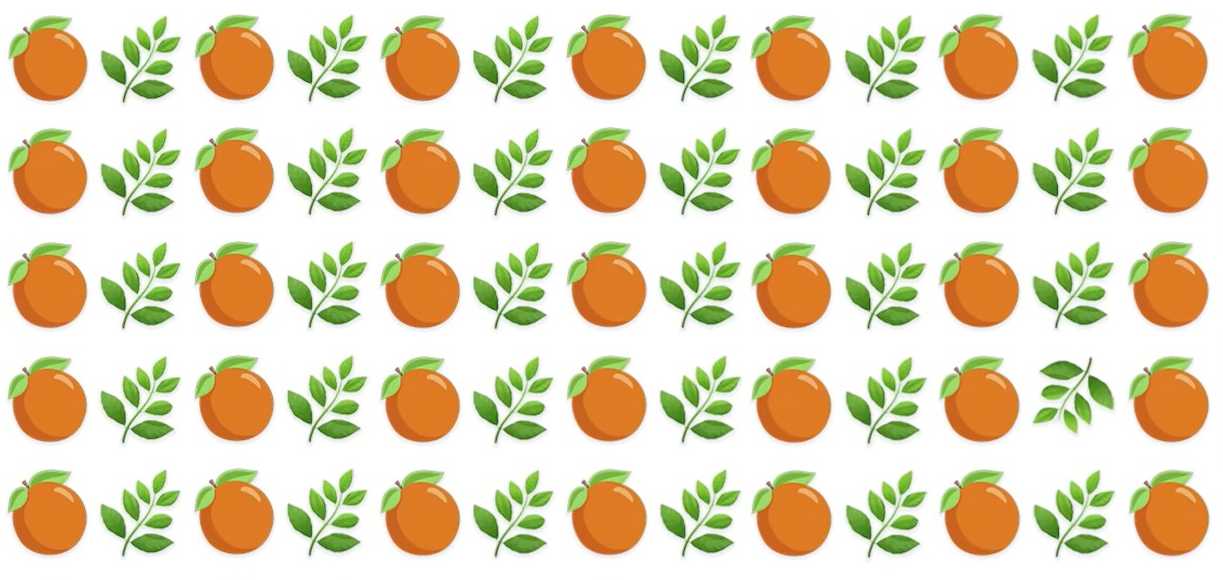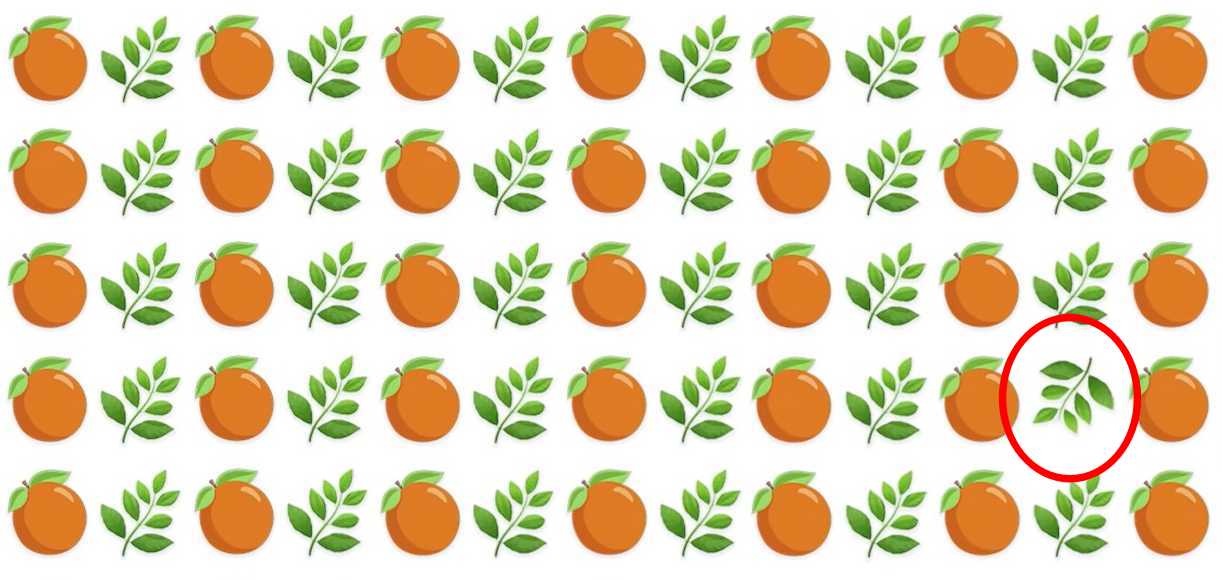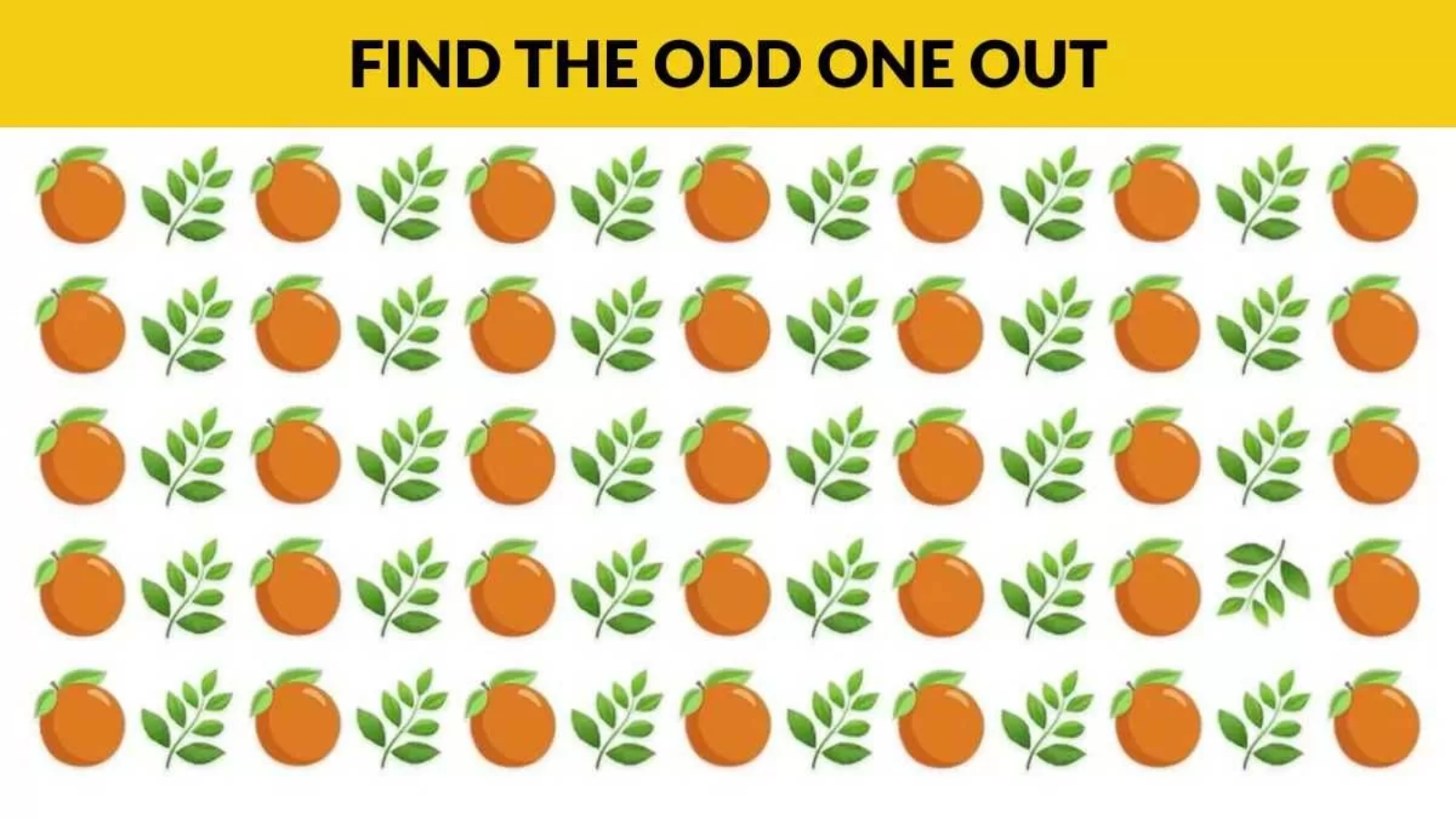Have you ever stared at an image filled with seemingly identical objects, desperately searching for that one sneaky element that doesn’t belong? Welcome to the fascinating world of optical illusion puzzles, where your brain gets the ultimate workout while having fun. These visual challenges aren’t just entertaining time-passers – they’re powerful tools that can sharpen your mind and improve your observation skills in remarkable ways.
What Are Optical Illusion Puzzles?
Optical illusion puzzles are visual challenges designed to test your observation skills and attention to detail. Unlike traditional illusions that play tricks on your perception, these puzzles present you with a collection of similar-looking items where one element stands out as different. Your mission? Spot the odd one out before time runs out.
These puzzles typically give you anywhere from 5 to 30 seconds to identify the unique element, making them perfect for quick brain training sessions. The difficulty can range from beginner-friendly to mind-bendingly complex, ensuring there’s always a challenge that matches your skill level.
Optical Illusion Puzzle Can You Spot the Odd One Out in This Mind-Bending Fast?

Types of Find-the-Difference Challenges
Visual puzzles come in several exciting varieties:
- Shape variations: Spotting different geometric forms among similar ones
- Color differences: Finding items with slightly different hues or shades
- Pattern breaks: Identifying disrupted sequences or arrangements
- Size discrepancies: Locating objects that are larger or smaller than others
- Orientation changes: Finding items facing different directions
The Science Behind Your Visual Processing
When you tackle an optical illusion puzzle, your brain performs incredible feats of processing. Your visual cortex works overtime, comparing patterns, analyzing details, and filtering information at lightning speed. This process involves multiple cognitive functions working together:
Your eyes capture the entire image, but your brain must systematically scan and compare each element. This requires focused attention, pattern recognition, and working memory – all crucial cognitive skills that benefit from regular exercise.
Research shows that people who regularly engage with visual challenges demonstrate improved attention span, better problem-solving abilities, and enhanced mental agility. It’s like going to the gym, but for your brain.
Proven Strategies to Excel at These Puzzles
The Systematic Scanning Method
Instead of randomly looking around the image, develop a systematic approach. Start from one corner and work your way across in a grid pattern. This methodical strategy ensures you don’t miss any section and prevents your eyes from jumping around chaotically.
Focus on Common Difference Types
Most puzzles feature differences in 5 key areas: color, shape, size, orientation, and position. Train your eyes to quickly check these elements first. Ask yourself: “Is this object the same color? Same shape? Same size?” This targeted approach can cut your solving time dramatically.
Use Your Peripheral Vision
Don’t tunnel vision on individual objects. Instead, try to see the entire image as a whole pattern. Sometimes the odd element becomes obvious when you step back and look at the bigger picture. Your peripheral vision is surprisingly good at detecting inconsistencies.
Time Management Techniques
With only 5 to 30 seconds on the clock, every moment counts. Spend the first 2-3 seconds getting an overall sense of the image. Then dedicate the remaining time to systematic scanning. If you’re stuck, quickly shift your focus to a different area rather than fixating on one spot.
Benefits That Go Beyond Entertainment
| Cognitive Benefit | Real-World Application |
|---|---|
| Enhanced attention to detail | Better proofreading, quality control, and accuracy in work tasks |
| Improved visual processing speed | Faster reading, better driving awareness, quicker decision-making |
| Stronger pattern recognition | Better problem-solving in math, science, and analytical thinking |
| Increased mental flexibility | Improved adaptability and creative thinking in daily situations |
Educational Value for All Ages
Optical illusion puzzles serve as excellent educational tools. For children, they develop critical observation skills and patience. Adults benefit from stress relief and cognitive maintenance, while seniors can use them to keep their minds sharp and prevent cognitive decline.
Teachers often incorporate these puzzles into lesson plans because they’re engaging and help students develop analytical thinking without feeling like traditional studying. The 5-second challenge format adds excitement and urgency that keeps learners motivated.
How to Create Your Own Training Routine
Daily Practice Schedule
Start with 5-10 minutes of daily practice. Begin with easier puzzles and gradually increase difficulty as your skills improve. Consistency matters more than duration – it’s better to practice 5 minutes daily than 30 minutes once a week.
Progressive Difficulty Levels
Week 1-2: Simple color and shape differences with 10-15 seconds time limits Week 3-4: More complex patterns with 7-10 seconds time limits
Week 5+: Advanced puzzles with 5-second challenges and multiple potential differences
Track Your Improvement
Keep a simple log of your success rate and average solving time. Most people see noticeable improvement within 2-3 weeks of regular practice. Celebrate small victories – even shaving off 1-2 seconds from your best time represents significant progress.
Common Mistakes to Avoid
Many puzzle enthusiasts make similar errors that slow down their progress. Overthinking is the biggest culprit – your first instinct is often correct. Don’t second-guess yourself when you spot something that looks different.
Another common mistake is focusing too narrowly on tiny details while missing obvious differences. Remember, puzzle creators want you to find the answer within the time limit, so they rarely make differences impossibly subtle.
Panic is your enemy when the clock is ticking. Stay calm and stick to your systematic approach. Rushing leads to missed opportunities and increased frustration.
Technology and Modern Puzzle Evolution
Today’s digital puzzles offer interactive features that traditional print versions couldn’t provide. Timed challenges, difficulty adjustments, and performance tracking make modern optical illusion puzzles more engaging than ever.
Mobile apps can generate unlimited variations, ensuring you never run out of fresh challenges. Some platforms even use artificial intelligence to create puzzles tailored to your skill level, providing the perfect balance of challenge and achievement.
Building a Community Around Visual Challenges
Optical illusion puzzles have created vibrant online communities where enthusiasts share strategies, compete in challenges, and celebrate achievements. Social media platforms buzz with 5-second challenge videos, creating friendly competition and motivation for improvement.
Many workplaces now incorporate these puzzles into team-building activities, recognizing their value for developing collaborative problem-solving skills and attention to detail in professional settings.
Optical Illusion Answer

Frequently Asked Questions
Q: How quickly should beginners expect to solve these puzzles?
A: Beginners typically need 15-30 seconds initially. With practice, most people can solve basic puzzles within 10 seconds.
Q: Are these puzzles suitable for children?
A: Yes! Children as young as 6-7 years can enjoy age-appropriate versions and benefit from improved observation skills.
Q: Can solving these puzzles really improve brain function?
A: Research suggests regular practice enhances visual processing speed, attention span, and pattern recognition abilities.
